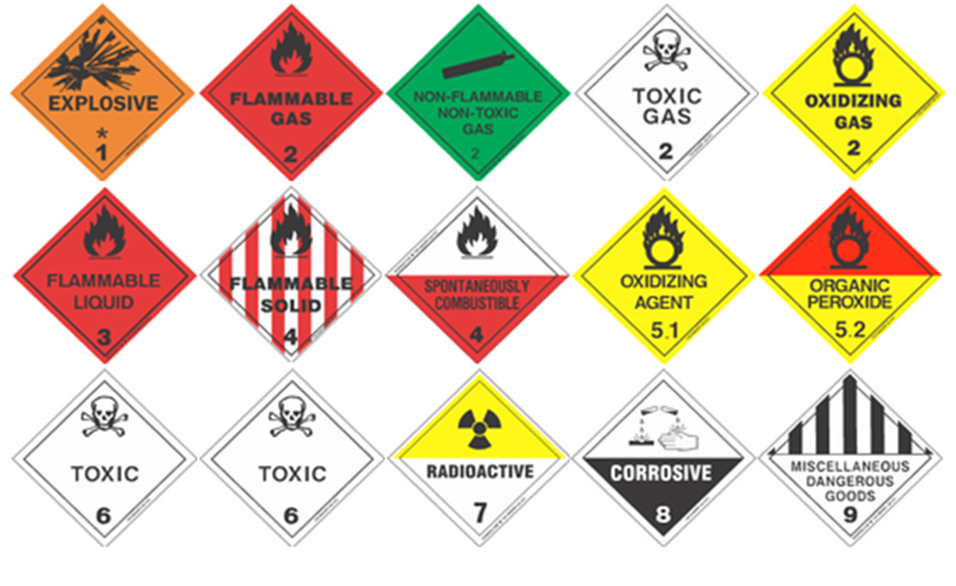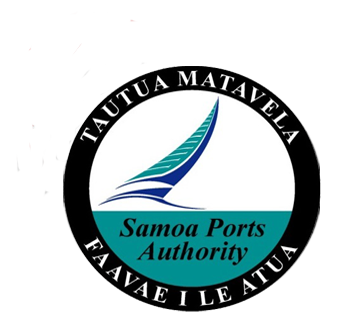INTERNATIONAL MARITIME DANGEROUS GOODS CODE
The International Maritime Dangerous Goods or IMDG Code was adopted in 1965 as per the SOLAS (Safety for Life at Sea) Convention of 1960 under the IMO. The IMDG Code was formed to prevent all types of pollutions at sea.
The IMDG code also ensures that the goods transported through seaways are packaged in such a way that they can be safely transported. The dangerous goods code is a uniform code. This means that the code is applicable for all cargo-carrying ships around the world.
The dangerous goods code has been created as per the recommendations of the United Nations’ panel of experts on transportation of hazardous goods along with the IMO (International Maritime Organisation). This proposal by the UN was presented as a report in the year 1956 after which the IMO IMDG code was started to be drafted in the year 1961.
HANDELING DANGEROUS GOODS
- All dangerous goods must be reported to SPA. This will enable SPA to isolate the hazard before it causes injury.
- All dangerous goods declaration certificates should be submitted to the Maritime Division of the Ministry of Works, Transport & Infrastructure (MWTI) at least 24 hours prior to the ship’s arrival for endorsement, then forwarded to SPA for delivery approval.
- SPA controls the movement, loading, discharging, handling and storage of dangerous goods within the Port area.
- Class 1 & 2 – Dangerous Goods as classified under the DMGD cannot be stored on the wharf and must be removed immediately after discharge. Shipping companies/importer(s) must make all necessary arrangements with Customs, Quarantine and Police for the safe and efficient removal of these goods from the Port area and must advise SPA accordingly.
- Shipping Agents shall ensure that all containers containing hazardous material shall exhibit a Hazardous Label.
- Shipping Agents and Stevedoring Companies must ensure that relevantly trained and skilled personnel are designated for handling and storage of dangerous or hazardous goods. If assistance is needed, please contact the AGM Port Operations located on the wharf.
- In the event involving a spillage, escape or personal contact with a Labelled Dangerous Substance is to be treated as an emergency and should be reported instantly to the AGM Port Operations and Port Master.
- Dangerous goods shall be identified as follows, unless otherwise advised by MWTI.
SHIPPING DANGEROURS CARGO
Shipping dangerous goods is a very tricky business. This is why to avoid complications or problems while categorizing the aspect and level of danger; there is a set of classifications for the dangerous goods. There are nine categories in which the dangerous goods are classified. The dangerous goods labels and dangerous goods certificate for the cargo are issued as per the nine categories which are explained as follows.

• Classifications 1 is for explosives. The same classification has six sub-divisions for materials which pose high explosive risk, low explosive risks to name a few.
• Classification 2 is for gases. This category has three sub-categories that talk about gases that are highly inflammable, that are not inflammable and gases that neither inflammable nor toxic
• Classification 3 is for liquids and has no sub-divisions.
• Classification 4 is for solids. There are three sub-categories that deal with highly combustible solids, self-reactive solids and solids that when interact with water could emit toxic gases.
• Classifications 5 is for substances that have the chances of oxidisation
• Classification 6 is for all kind of substances that are toxic and that could prove to be infective
• Classifications 7 is specially for materials that are radioactive
• Classifications 8 is for materials that face the threat of corrosion and erosion
• Classifications 9 is for those substances that cannot be classified under any of the above heads but still are dangerous goods.

